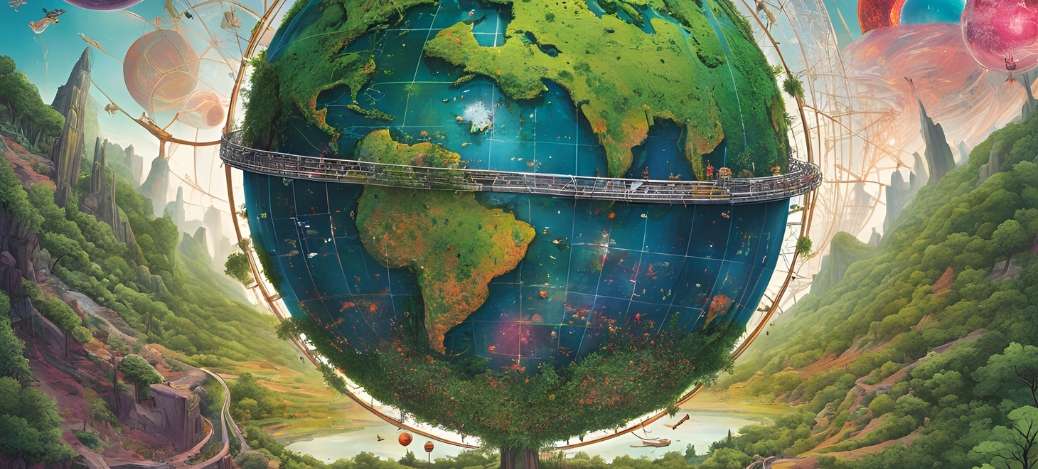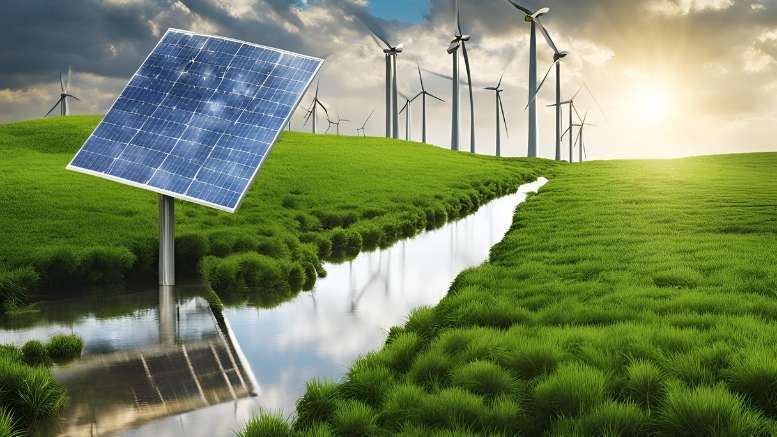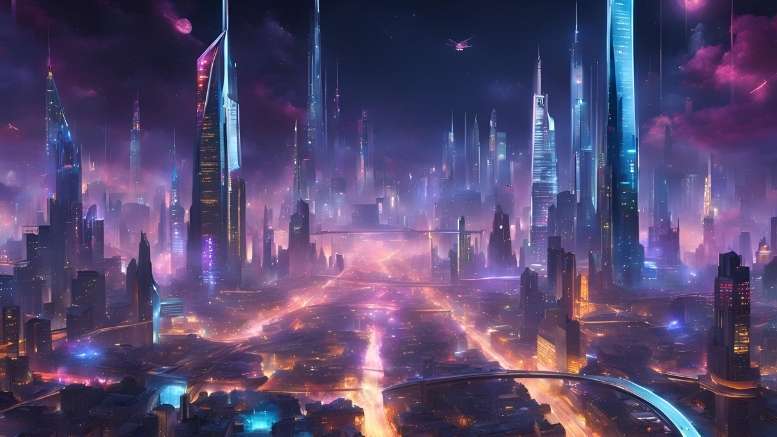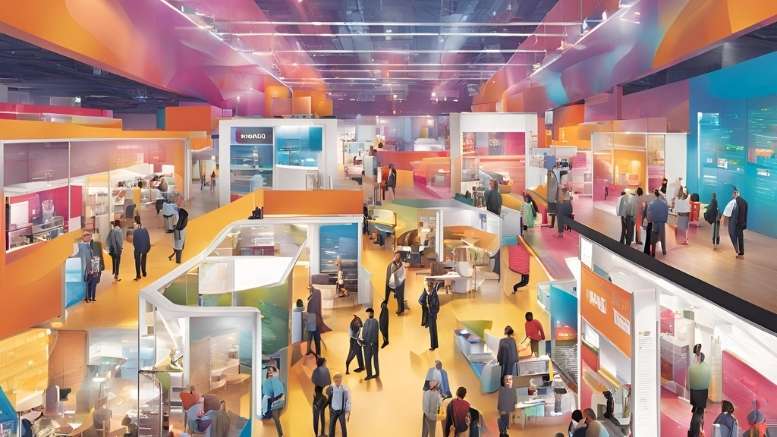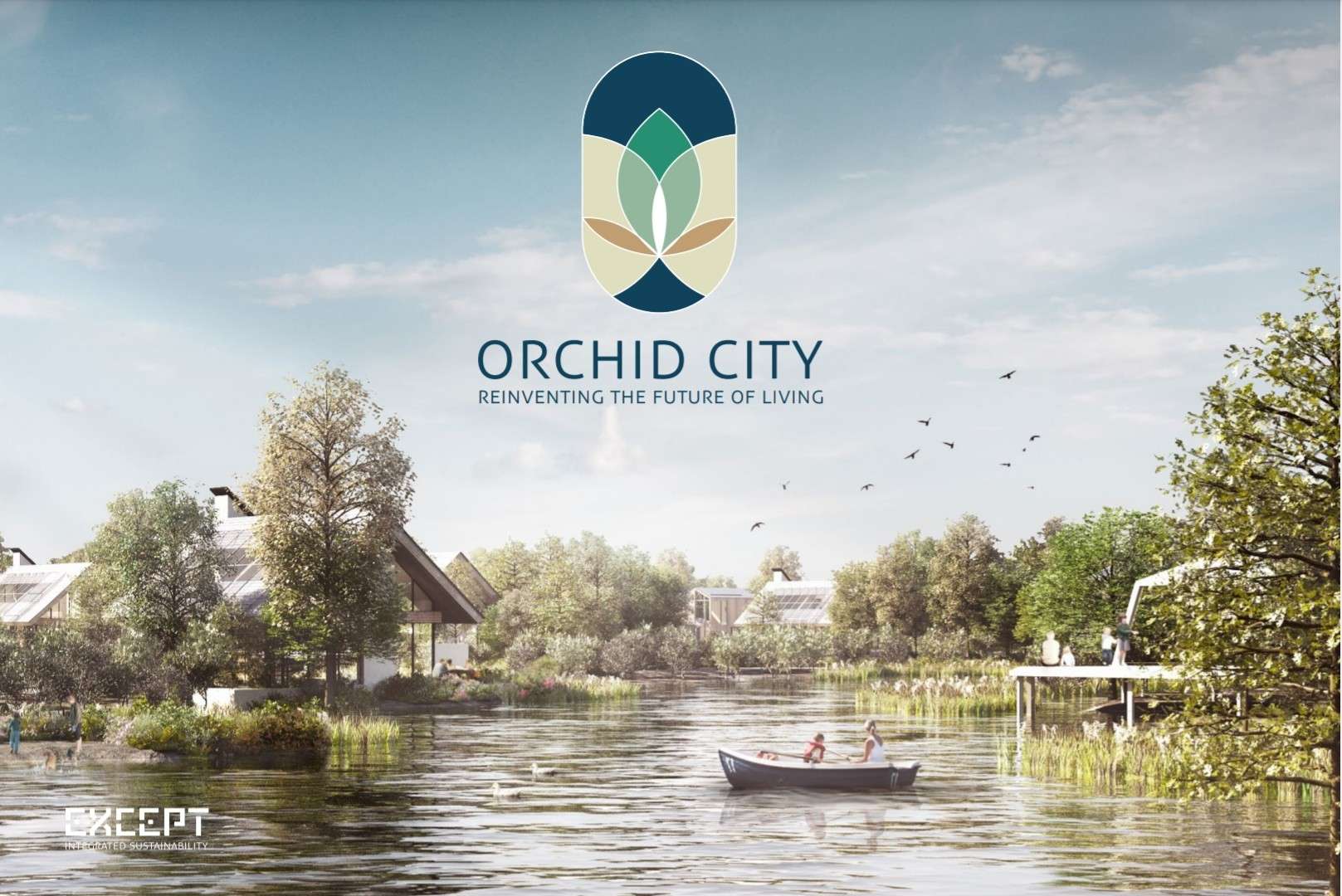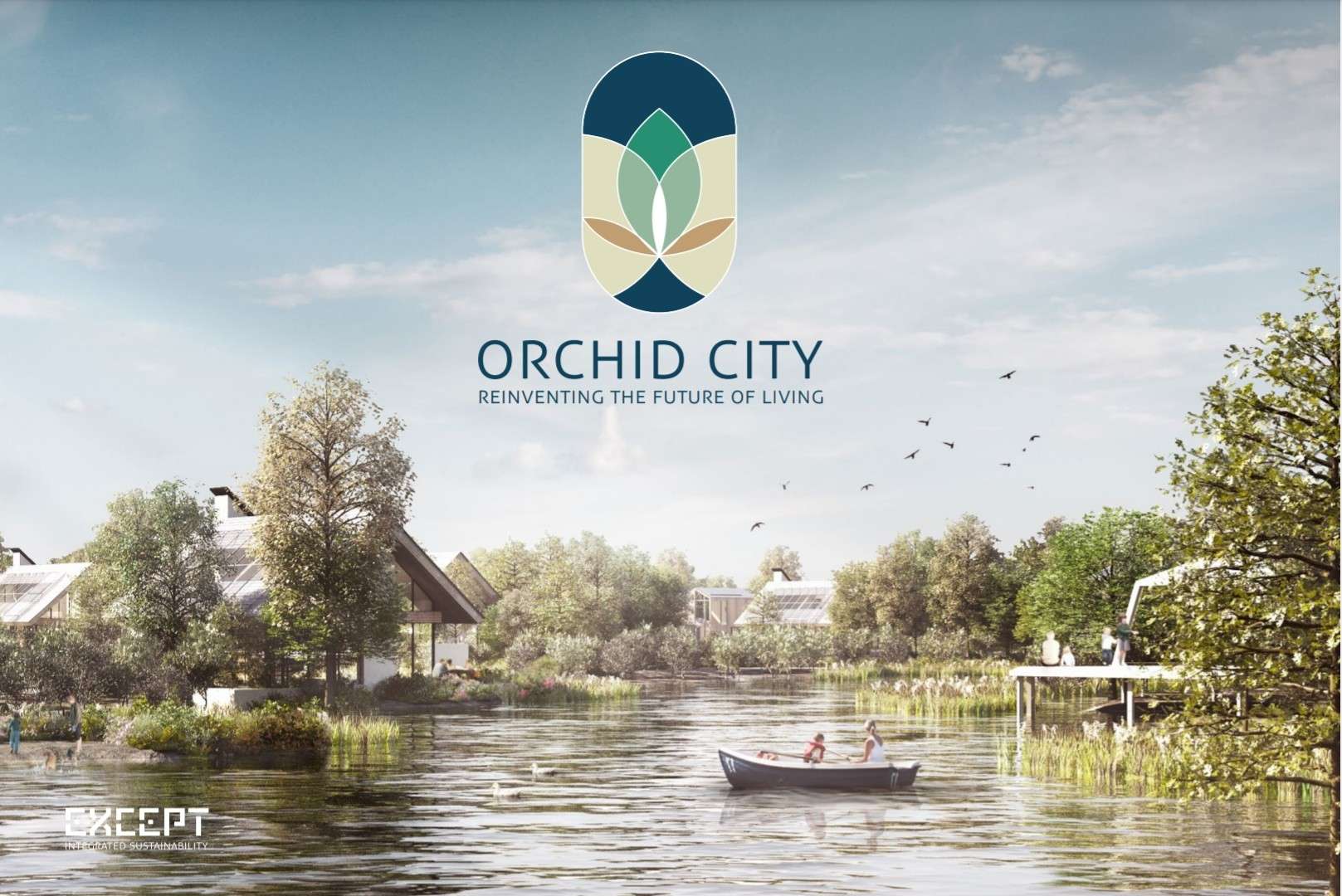Reinventing Production
Food Systems
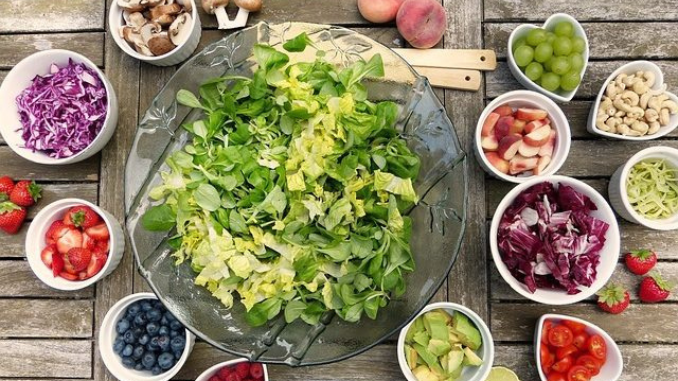
Reinventing Production Food Systems Energy and Transportation Information and Communications Materials and Resources
There’s no need to re-invent the wheel, RethinkX sums it up with clarity above all:
To understand where we’re at, how we got here and how we can create a healthier and more prosperous co-existence, we refer to the summation of RethinkX:
Harnessing biology through precision fermentation (PF) will lead to the end of animal agriculture, representing a second domestication of plants and animals (details are laid out in our Rethinking Food and Agriculture 2020-2030 report).
Nutritious food that initially replicates livestock proteins (milk and meat) will not just be an order-of-magnitude cheaper, but superior in every possible way – the food itself (taste, aroma, texture, mouthfeel, nutrition, and variety), predictability of quality, price, and supply, as well as impact on health, animal welfare, and the environment. Food production will shift from a model of extraction, where we grow plants and animals to break them down into the things we need, to a model of creation, where foods are built up from precisely-designed molecules and cells.
The DNA of a single soy plant or chicken will be enough to create an unlimited quantity of soy or chicken protein. Small biological reserves with immense biodiversity will, therefore, be far more valuable than immense tracts of land with marginal biodiversity. Costa Rica, for example, will be more valuable for food, materials, and medicine than the entire U.S. Midwest, while Brazil and Indonesia are destroying a future of infinite possibilities by tearing down their forests for short-term gains.

Reinventing Production
How to create the future when the world is upside down?
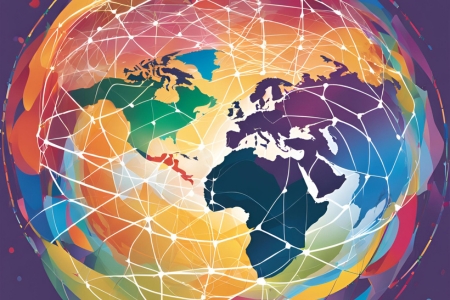
Saturday, May 3 – Sunday, May 4
Less talking. More doing. Welcome to your future.
Mobilized is bringing together a diverse group of systems thinkers, designers, problem solvers, artists, producers and scientists all committed to creating a more people powered approach to health and wellbeing. By transforming a static conference into a highly impactful virtual media experience and action network, you will discover how ethical community leaders from around the world are reimagining their cities and communities as highly productive engines of change—and what you can do where where you are now.
Discover how communities are restoring health and prosperity through holistic thinking and doing, enter an ecosystem of opportunity, a world of difference to learn best practices from others and utilized it to create positive change.
Stay in the loop through weekly idea into action exchanges and create your own action network and media hub.
The Experience Topics Presentations Marketplace The Movie
 Less talking. More doing.
Less talking. More doing.
Our world is changing faster than most can keep up with these changes. As the demand for knowledge increases and people are caught in a continual whirlwind of information overload. Like a deer confronted by an automobiles headlights, people don’t know which way to go, who to turn to, who to believe, and who to stay away from.
As new and improved technologies and scientifically more accurate understandings continue to transform the ways we live, work and play, how can people navigate media overload and make ethical decisions for a brighter future?
What if, by working together through decentralized collaboration and cooperation, we can discover and harness the wisdom into action to create a healthier and more prosperous coexistence?
Sharing this wisdom to people worldwide requires a transformation on how this information is shared. But with distrust in media, corporations and leadership at an all-time low, real power is in the hands of the people.
We don’t need another smartphone. We need a smarter conversation.
Please join Mobilized News for some of the most essential conversations on how to create the future when the world is upside down—and how we get there.
Together we will co-create a solutions-focused media enterprise that keeps us in touch, inspired, empowered and engaged.
This is a live virtual experience.
What to anticipate?
Mobilized has partnered with groups around the world to launch this ongoing campaign. From our feature documentaries such as “We the People, We the Power,” our various television shows and solutions-media platform, we provide an evidence-based, imagination-empowered platform that inspires, empowers, informs and illuminates how we can explore the new opportunities that face us and navigate the obstacles and come out ahead of the curve.
How to get involved?
- As a Presenter.
- As an organization.
- As a media maker.
- As an earthshaker
Click here to join the event.
Reinventing Production
Create without Compromise


Millions of people worldwide are creating improvements dedicated to a healthier and more prosperous coexistence.
This platform unites us.
Get Mobilized and start collaborating with others.
ADD YOUR PROFILE FOR FREE
One Platform, Start to Finish.
Your creator’s profile, events calendar, programs and marketplace.
No travel. No hotels. No bureaucracy. No hassle. No kidding.
Promote events, projects.
Create new projects or join an existing one.
Discover the stories of whats working worldwide. Easy log in and a carefully moderated platform you can depend on.
Collaborate
One place for all your photoshoot details/updates. Keep everyone on a project up-to-date and exchange ideas.
Professional
Professional platform. To maintain quality control, we are an Invite-only platform.
All encompassing.
Utilize Mobilized as a central hub of decentralized co-creation.
Ethical Code of Ethics.
Access for all. Facts, not Fiction. Translatable Text. Clarity above all else.
International Network
Demonstrate and amplify your talents to people you want to meet.
Reinventing Production
Reinventing Production

Humanity Stands Up.
During the weekend of May 3-4, Mobilized is harnessing the collective wisdom of pioneering change agents worldwide to address and answer the most important conversations of this decade:
“How can we create the future when the world is upside down?”
The Mobilized News Network is creating an experiential “Worlds Stage for our Future” providing people with what they can do where they are to take back truth, health and prosperity.
With millions of people developing realistic systems, services and policies for a healthier and more prosperous coexistence, imagine what we can accomplish when we harness and amplify the wisdom of experts in their fields, for global mobilization?
Collaborate without Compromise.
Solving our ongoing crises requires open collaboration and cooperation, not proprietary and extractive thinking.
Your front row seat to the changes you wish to create in the world.
Mobilized is bringing together a fascinating group of deep thinkers, social entrepreneurs, investigative journalists, media makers and earth shakers for our debut global media experience where we address and answer the questions we’ve all been asking:
How can we create the future when the world is upside down?
We are taking a good look at how communities are establishing smarter and more productive cities, restoring health and prosperity through whole system design, and create more rewarding opportunities where you are in the world.
And then, we will continue to put ideas into action through
- Weekly Exchanges: ongoing conversations and communiques.
- Solutions Wire.
- Daily Do Its .
- Open Collaborative and Cooperative project creation.
- Media Marketplace.
- Reports from experts in their fields.
VIEW THE PROGRAM WATCH “WE THE PEOPLE, WE THE POWER.”
RSVP:
[wpforms id=”65508″ title=”false”]




